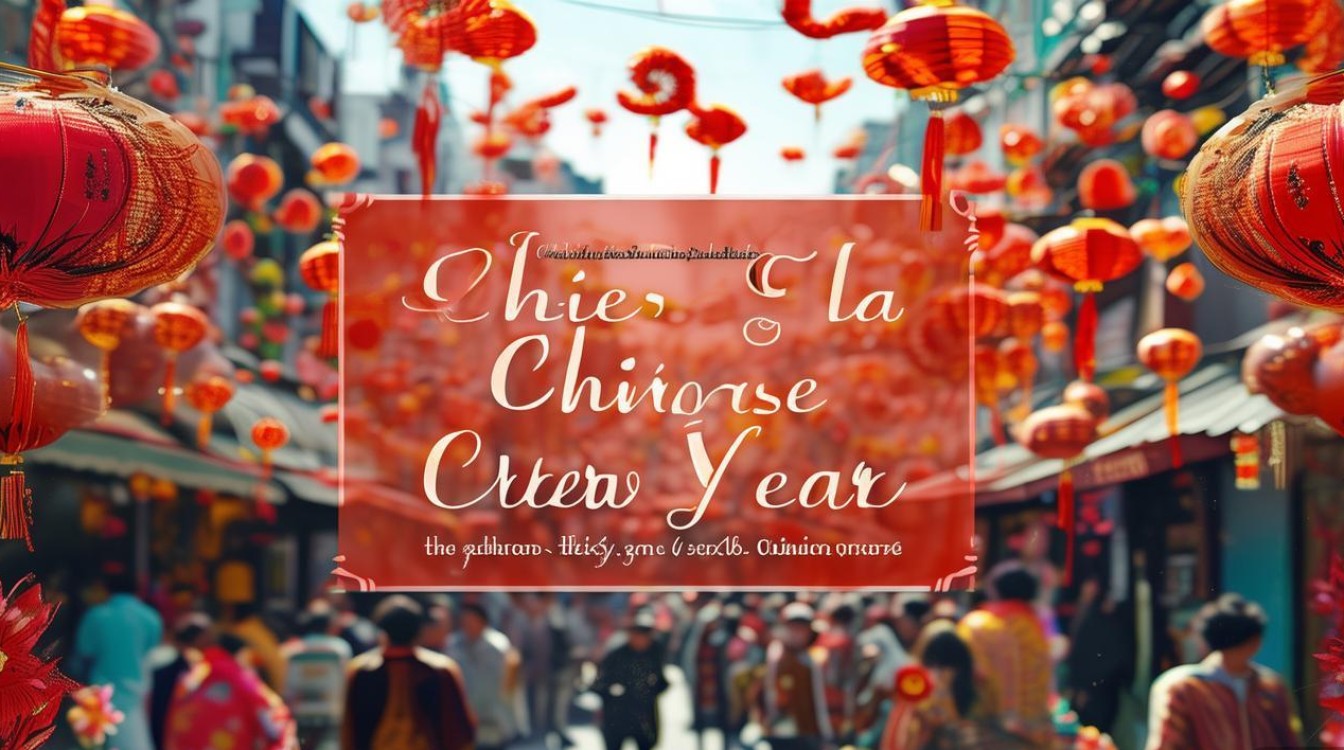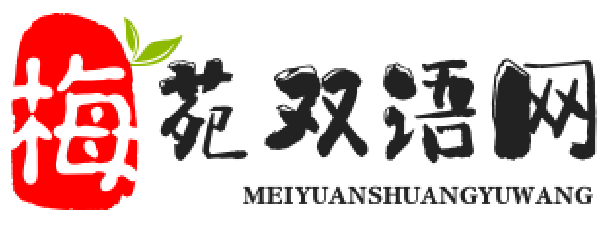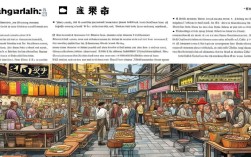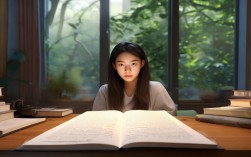初中水平 (适合初中生或英语初学者)
这篇作文结构清晰,用词简单,重点描述了春节的传统活动和感受。 My Favorite Festival - Spring Festival**

Spring Festival, also called Chinese New Year, is the most important festival in China. I love it very much because it is a time for family, happiness, and delicious food.
The celebration starts a few days before the New Year's Eve. My parents and I clean our house from top to bottom. This is called "sweeping the dust," which means we are sweeping away bad luck from the old year. On New Year's Eve, my whole family gets together for a big dinner. We eat dumplings, fish, and many other tasty dishes. Fish is a must because its name in Chinese, "yu," sounds like the word for "surplus," meaning we hope to have a surplus of good luck and money in the new year.
After dinner, we watch the Spring Festival Gala on TV. It's a very popular show with singing, dancing, and funny skits. At midnight, we set off fireworks. The loud noises and bright lights are exciting, and they are believed to scare away evil spirits.
On New Year's Day, I put on my new clothes and visit my relatives and friends. We say "Happy New Year" to each other. The best part is that I get red envelopes, or "hongbao," with money inside from the elders. It makes me feel so happy and lucky!
Spring Festival is a wonderful time. It brings our family closer and fills us with hope for the new year. I always look forward to it.
高中水平 (适合高中生或希望提升写作能力的学生)
更丰富,使用了更复杂的词汇和句型,并深入探讨了春节的文化内涵。 The Essence of Spring Festival: A Time of Renewal and Reunion**
Spring Festival, or Chinese New Year, stands as the most cherished and significant traditional holiday in the Chinese cultural calendar. Far more than just a celebration, it is a profound ritual that encapsulates the core values of family, hope, and renewal for the coming year.
The festivities commence with a flurry of preparatory activities known as "Guo Nian," or "passing the year." A crucial custom is "Chen Sai," the thorough cleaning of one's home. This act is symbolic; it is not merely about tidiness but about sweeping away the misfortunes and bad luck of the past year to make way for good fortune. The climax of the celebration undoubtedly falls upon New Year's Eve. This is the night of "Tuan Yuan," or family reunion, when relatives, near and far, travel great distances to gather for a sumptuous reunion dinner. The meal is laden with symbolic dishes: dumplings for prosperity, fish for abundance, and rice cakes for a higher position or better fortune in the coming year.
As the clock strikes midnight, the sky erupts in a spectacular symphony of fireworks and firecrackers. The deafening noise and brilliant flashes are believed to scare away a mythical monster named "Nian" and any lingering evil spirits, ensuring a peaceful and auspicious start to the new year. The following morning, people don new clothes, symbolizing a fresh beginning, and embark on a round of visits to relatives and friends, exchanging auspicious greetings like "Gong Xi Fa Cai" (wishing you prosperity). A particularly cherished tradition for the younger generation is the receiving of "Hongbao," red envelopes containing money, which are bestowed by elders as a token of good luck and blessings.
In essence, Spring Festival is a vibrant tapestry woven from threads of ancient tradition and familial love. It is a period that not only celebrates the end of an old cycle but also reinforces the bonds that hold families and communities together, filling everyone's heart with warmth and optimism for the future.
大学水平 (适合大学生或对文化有深度思考的写作者)
这篇作文更具思辨性,将春节置于现代社会的背景下,探讨其传统意义的传承与变迁。 Spring Festival in the Modern Era: A Tapestry of Tradition and Transformation**
Spring Festival, the annual grand celebration marking the beginning of the lunar new year, is an indelible cornerstone of Chinese cultural identity. While its essence remains rooted in millennia of tradition, the manner in which it is observed today presents a fascinating interplay between time-honored customs and the inexorable forces of modernization, offering a profound reflection on the evolving nature of heritage in the 21st century.
The pre-festival rituals, such as the meticulous cleaning of one's domicile to expel ill-fortune and the fervent purchasing of new attire, still serve as powerful acts of symbolic renewal. However, the nature of the reunion dinner, the heart of the festival, has witnessed a subtle transformation. While the core value of "Tuan Yuan" (family reunion) remains sacrosanct, the venue is no longer confined to the family home. The rise of restaurant bookings for lavish banquets and the increasing reliance on food delivery services reflect the fast-paced lifestyles of urban China, where convenience and quality often complement, if not replace, the traditional home-cooked meal. The reunion itself is also mediated by technology; for those unable to travel, video calls bridge the physical distance, allowing virtual participation in the familial gathering.
The New Year's Eve television gala, once the sole source of national entertainment, now competes with a digital ecosystem of social media, short-video platforms, and online gaming. Younger generations may find themselves scrolling through their phones during the broadcast, participating in a different kind of collective experience online. The act of giving "Hongbao" (red envelopes) has also been revolutionized by digital payment platforms like WeChat Pay and Alipay, transforming a physical, tactile gesture into a swift, virtual transaction. While this modernizes the tradition, it also sparks a debate about the erosion of its personal and ceremonial significance.
In conclusion, Spring Festival is not a static relic but a dynamic cultural phenomenon. It adeptly navigates the currents of modernity, ingeniously adapting its rituals to contemporary life without forsaking its fundamental spirit of hope, gratitude, and familial devotion. It stands as a testament to the resilience of culture, proving that tradition can be both preserved and reimagined, ensuring that this most cherished of festivals continues to thrive and resonate with each new generation.
核心词汇与短语
名词:
- Spring Festival / Chinese New Year: 春节
- Reunion dinner: 团圆饭
- Red envelope / Hongbao: 红包
- Fireworks / Firecrackers: 烟花 / 鞭炮
- Tradition / Custom: 传统 / 习俗
- Symbolism: 象征意义
- Family / Relatives / Kinship: 家庭 / 亲戚 / 亲属关系
- Prosperity / Fortune / Abundance: 繁荣 / 运气 / 充足
- Renewal / New Beginning: 更新 / 新的开始
动词:
- Celebrate / Observe: 庆祝 / 遵守(习俗)
- Gather / Reunite: 聚集 / 团聚
- Sweep away (bad luck): 扫除(坏运气)
- Set off fireworks: 放烟花
- Exchange greetings: 互致问候
- Embody / Encapsulate: 体现 / 概括
- Adapt / Transform: 适应 / 改变
形容词/副词:
- Traditional / Time-honored: 传统的 / 历史悠久的
- Auspicious / Fortunate: 吉祥的 / 幸运的
- Sumptuous / Lavish: 丰盛的 / 奢华的
- Profound / Deep: 深刻的 / 深厚的
- Vibrant / Lively: 充满活力的 / 活泼的
- Symbolic: 象征性的
- Indelible / Unforgettable: 不可磨灭的 / 难忘的
常用句型:
- Spring Festival is not only... but also...: 春节不仅是...也是...
- It is a time for...: 这是一个...的时刻
- The festival is marked by...: 这个节日的特点是...
- This custom is believed to...: 这个习俗被认为是...
- ... plays a crucial/vital role in...: ...在...中扮演着关键/重要的角色。
- In essence, ...: 本质上,...
- ... stands as a testament to...: ...是...的证明。
希望这些资料对你有帮助!你可以根据自己的需要选择合适的版本进行学习和参考。











